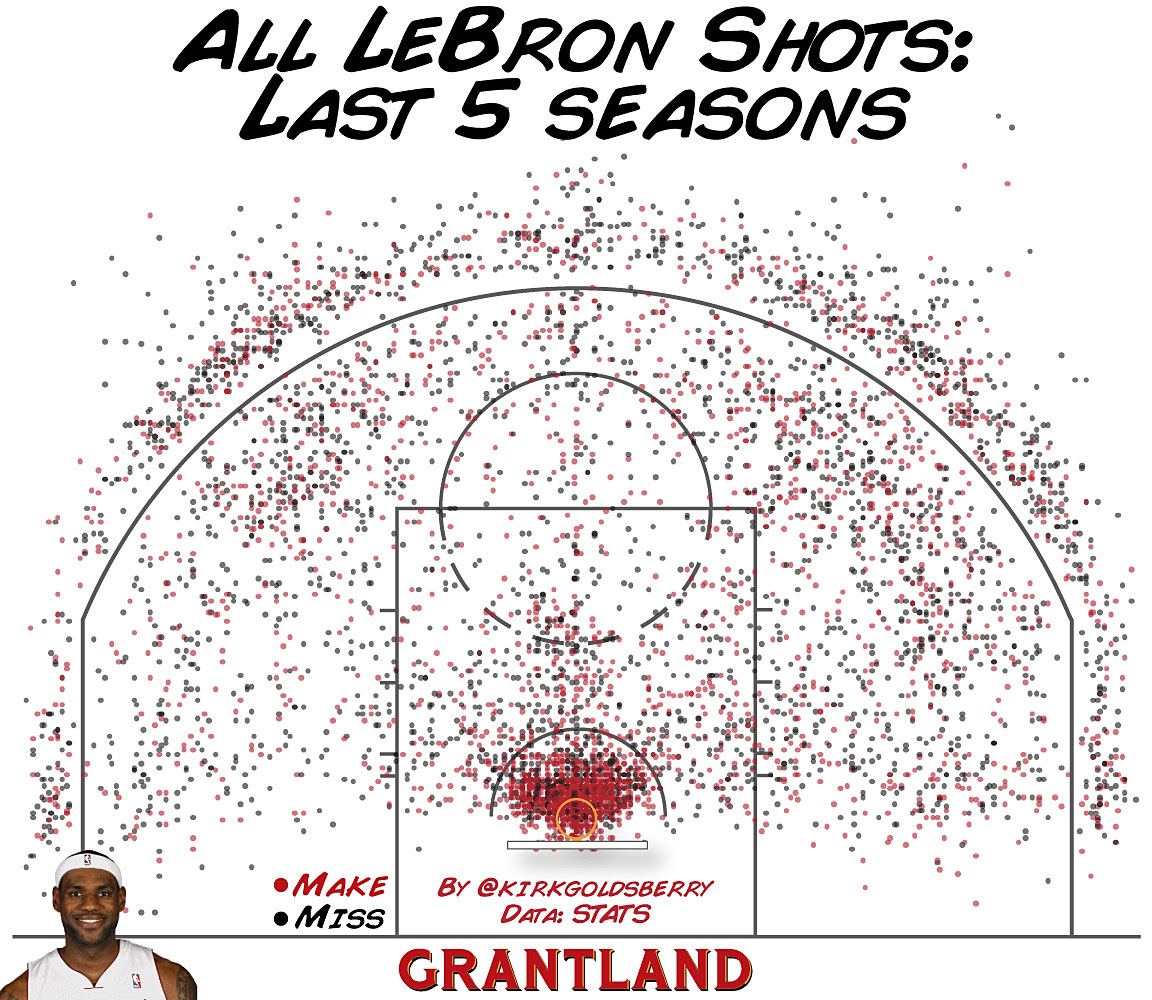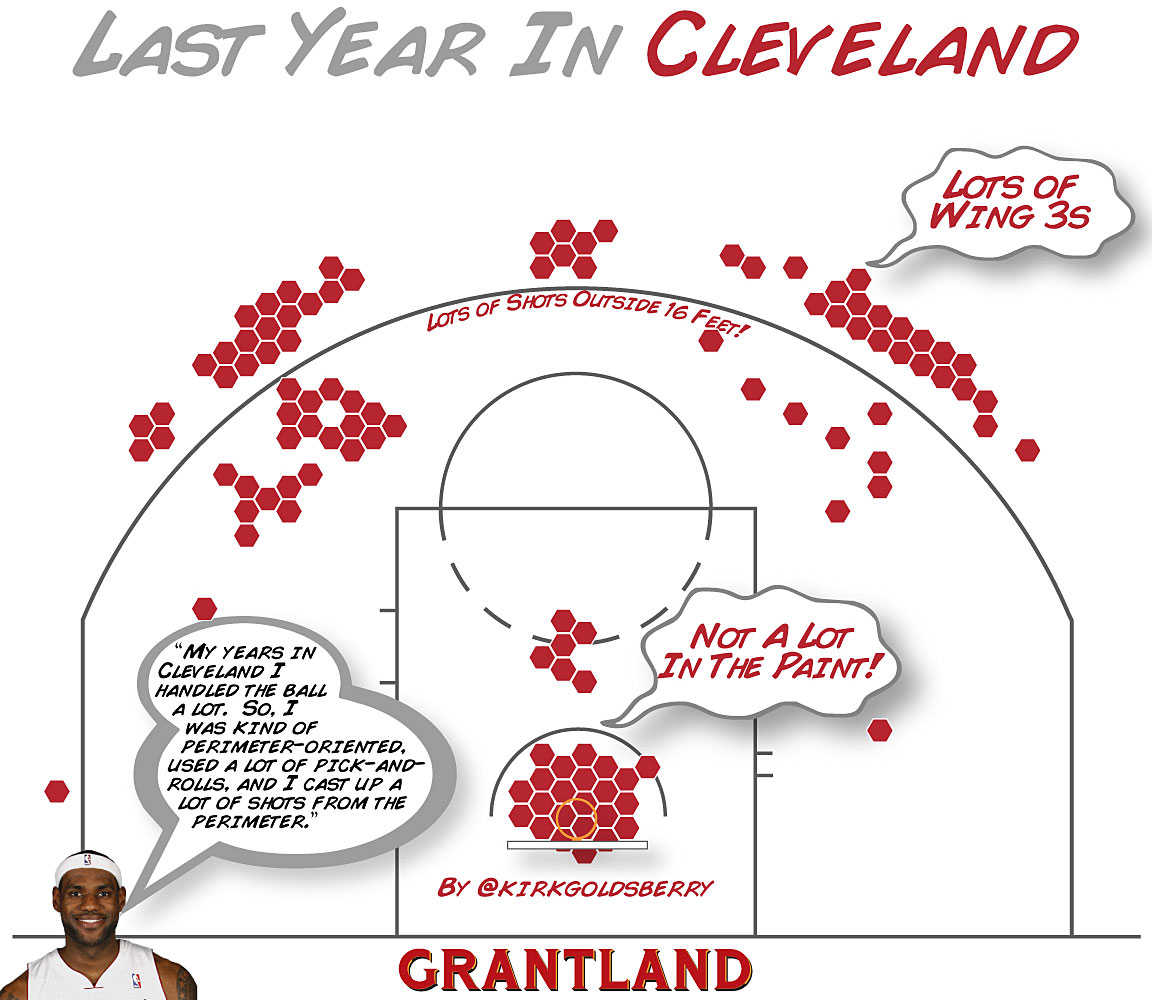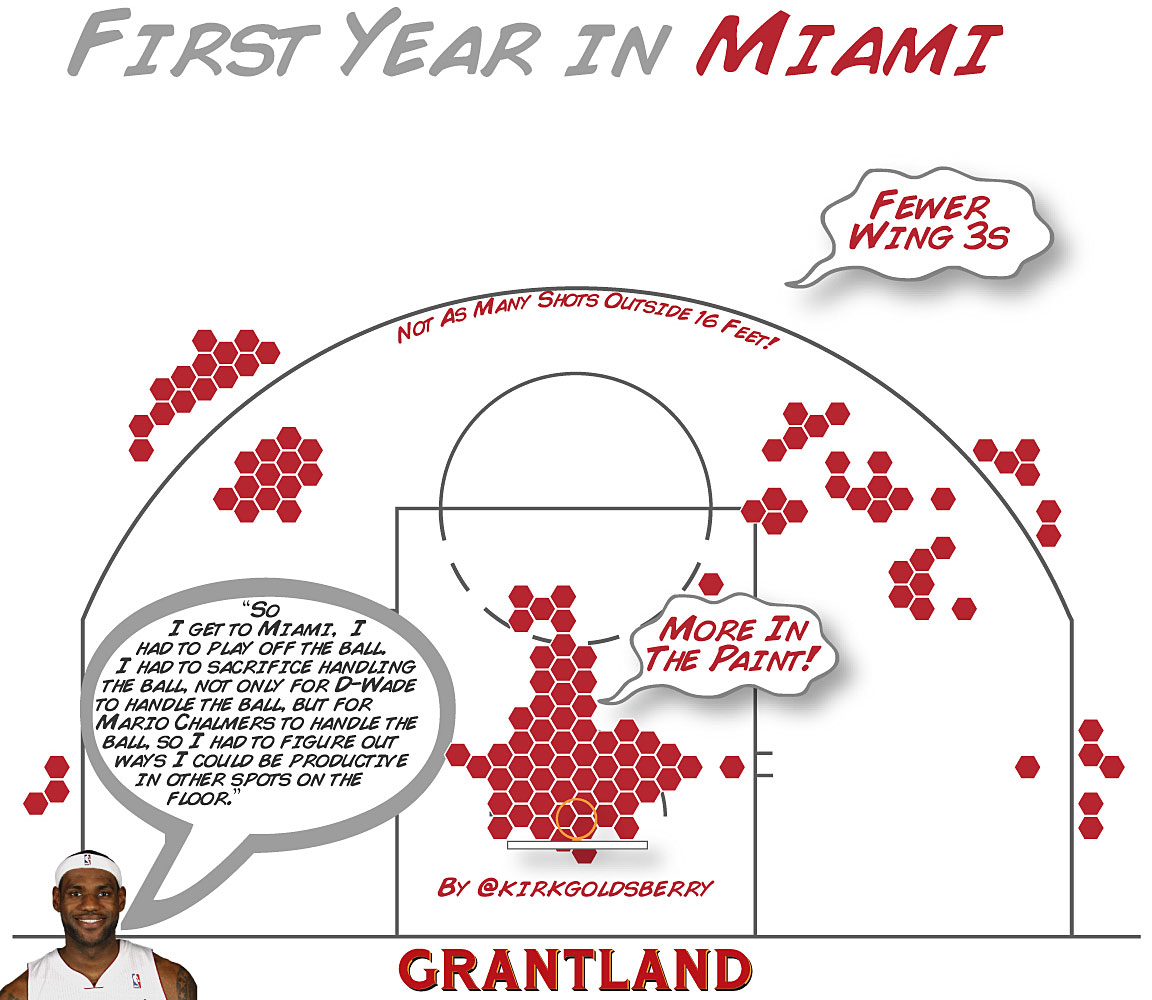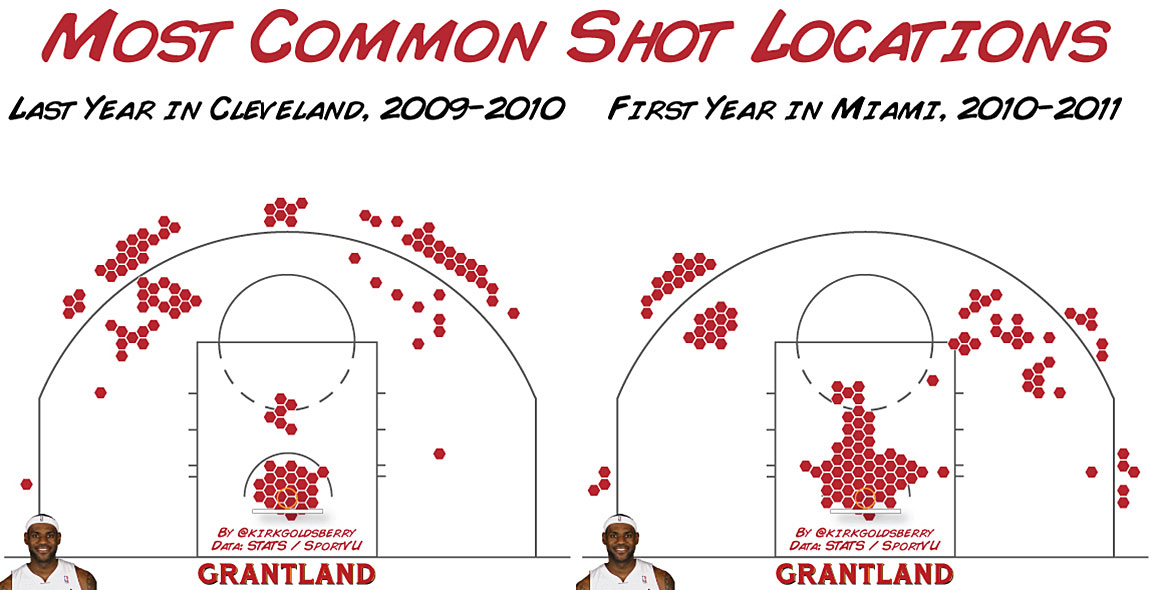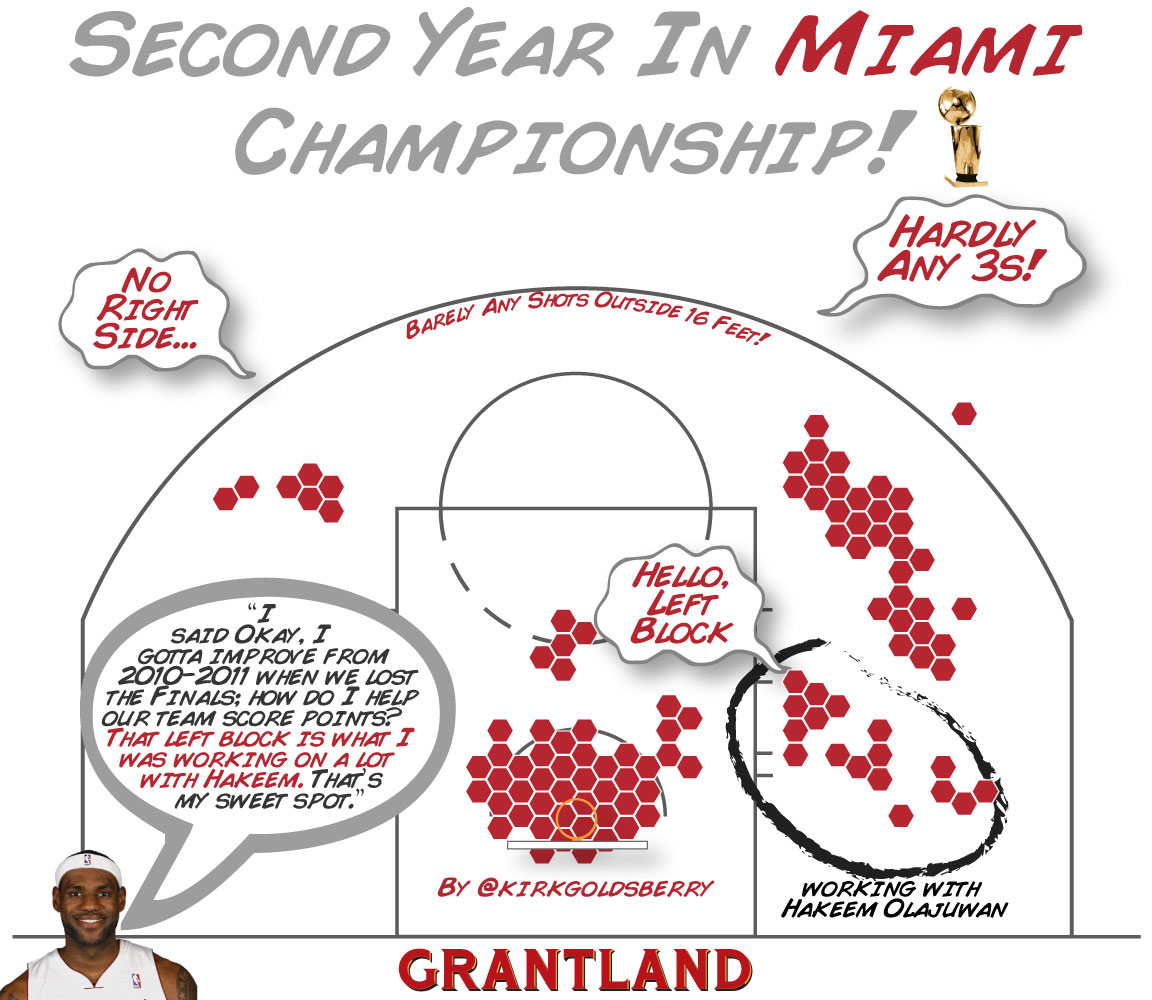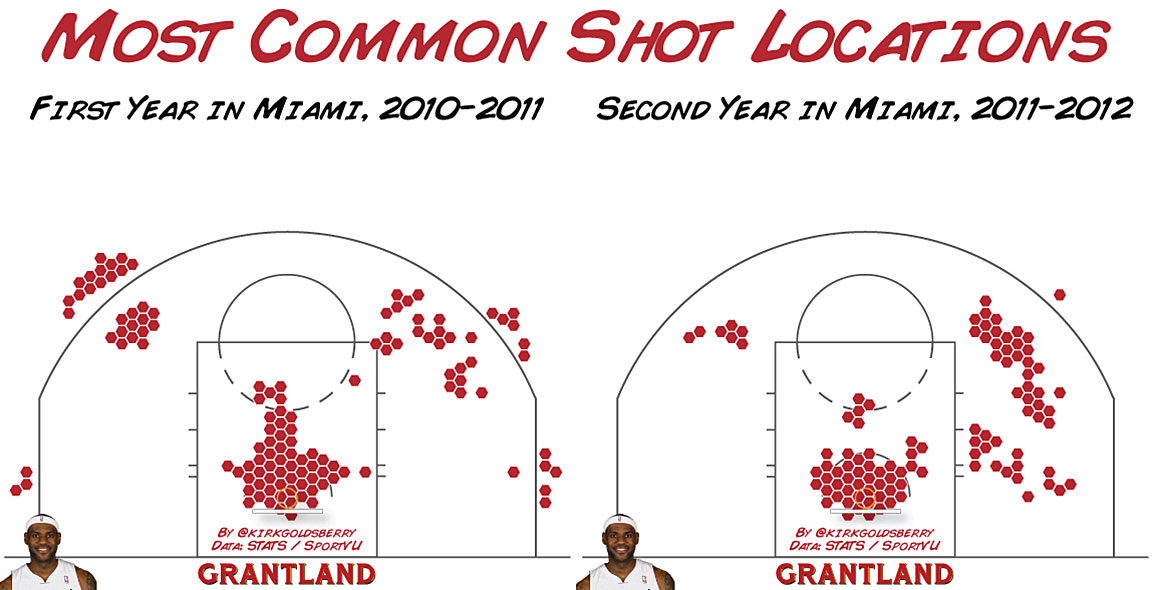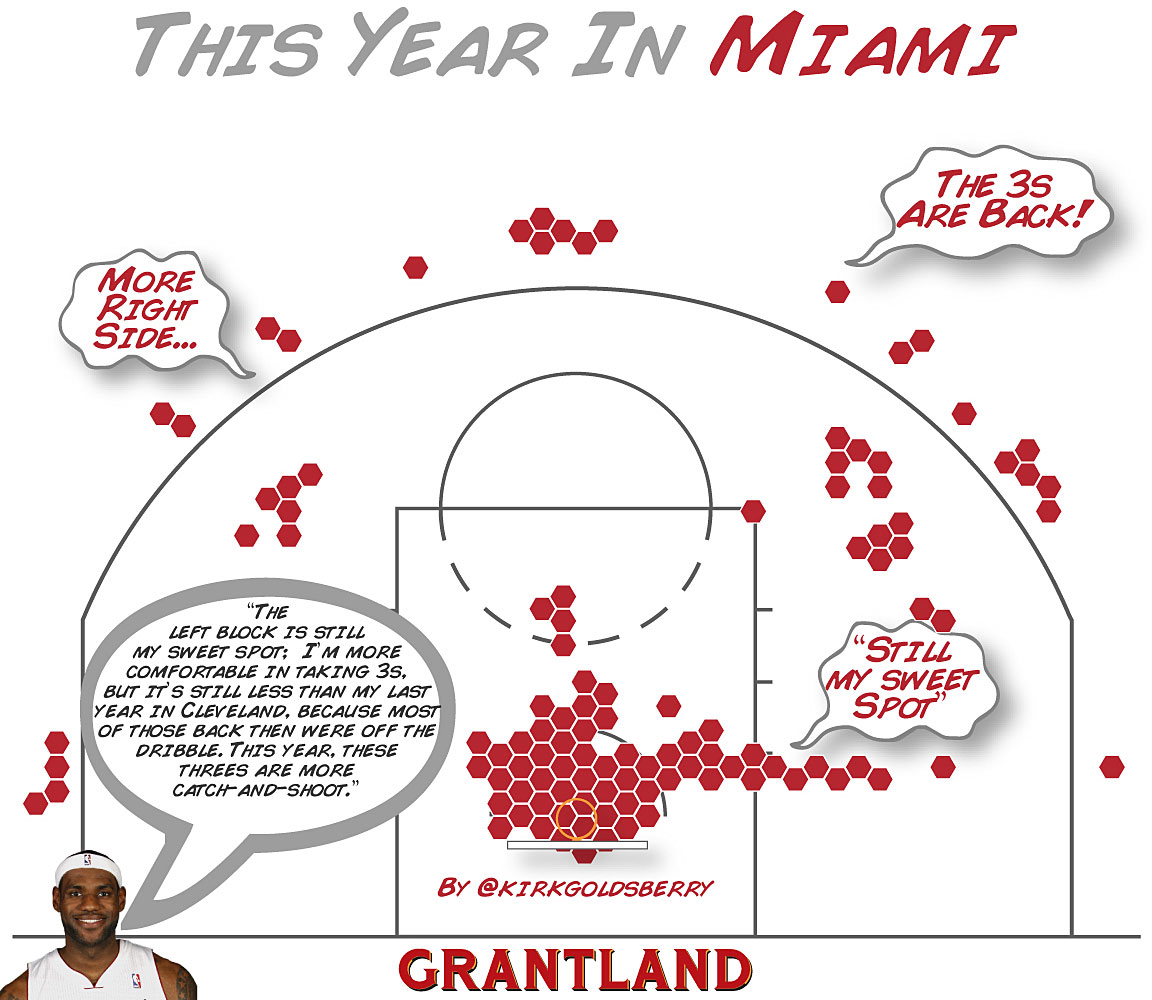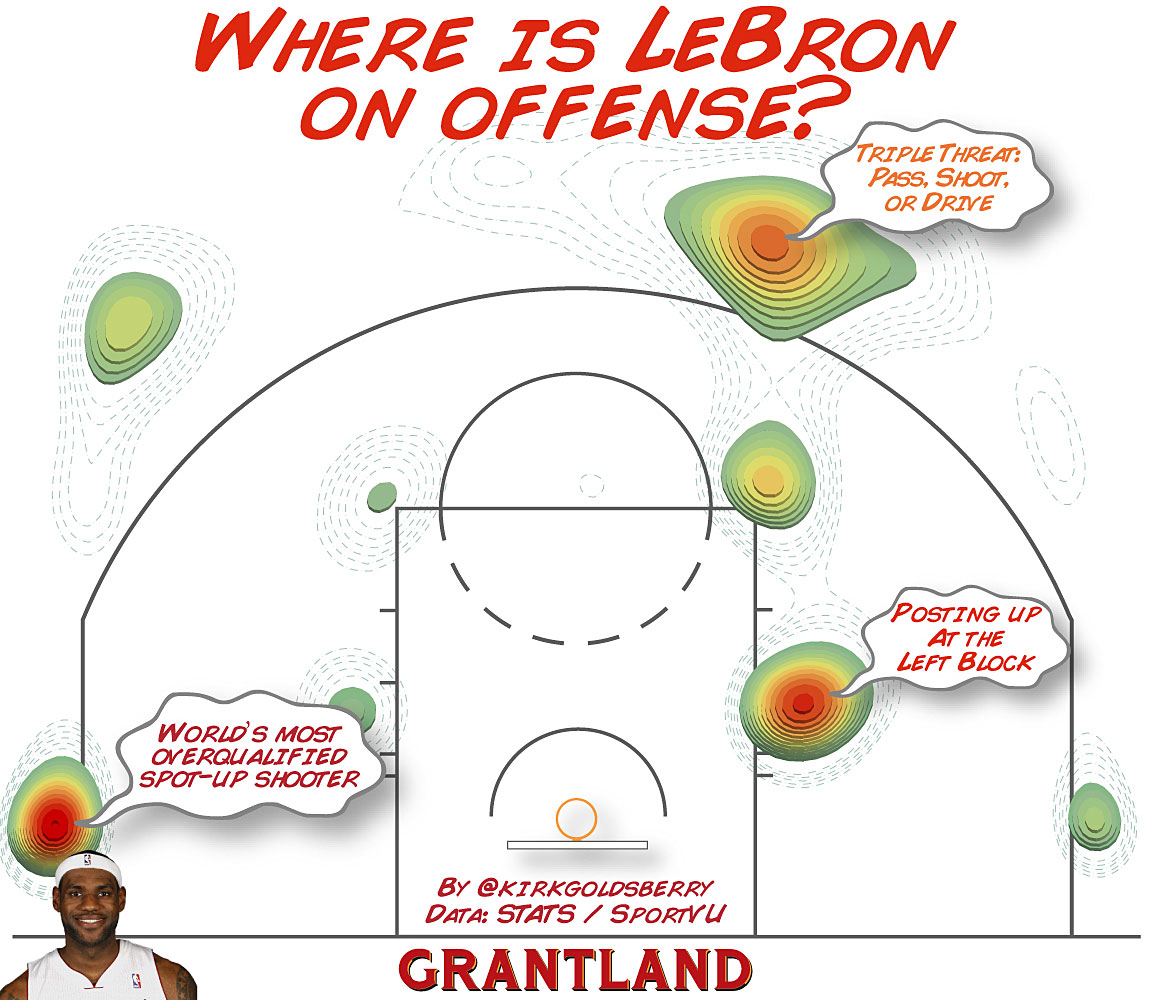- 85,461
- 111,527
- Joined
- Sep 5, 2010
The John Wall "Give Me My Max" Campaign was at its peak tonight.
For the night:
View media item 331732
Compared to his season:
View media item 331736
For the night:
View media item 331732
Compared to his season:
View media item 331736
Last edited:



